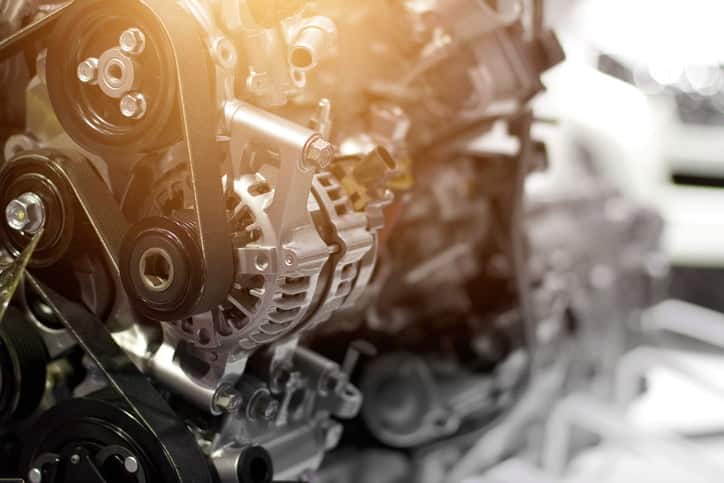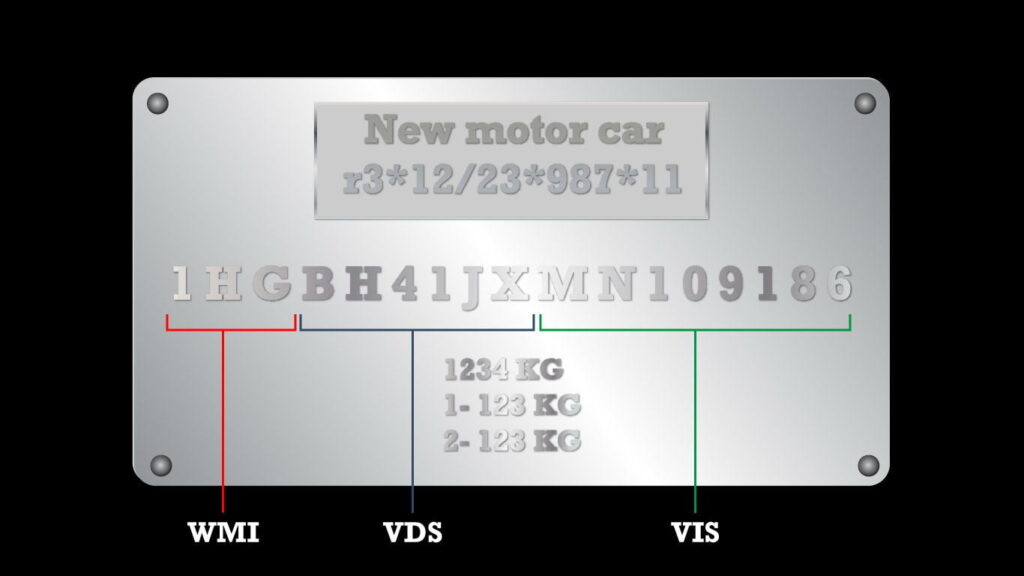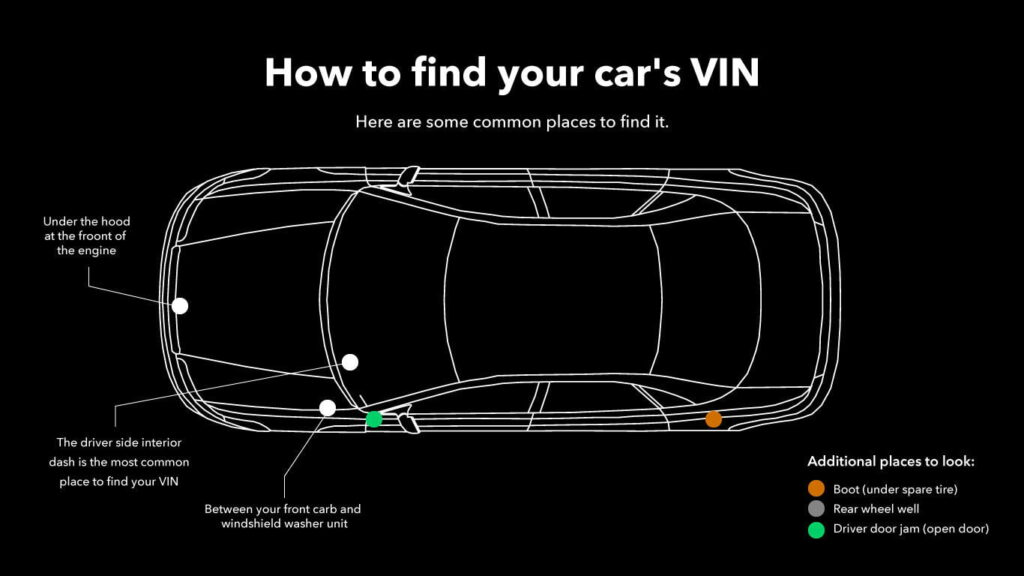You know your car’s make, model and registration, but what if you need more specific details, like its engine type?
Knowing what sort of engine your car has can make it easier to find the parts you need to keep it running at its best. It’s also interesting to see how much horsepower and torque its capable of, as individual engines can vary from the figures quoted by the manufacturer.
To find your car’s engine type, you’ll need its vehicle identification number (VIN). In this guide, we tell you where to find the VIN on your car, what the number means, and how you can decode it to find out more about your vehicle.
- What is a VIN and What Can It Tell You About Your Car?
- How to Find Your Car’s VIN
- How to Read and Decode a VIN
- When You Might Need the VIN Number
What is a VIN and What Can It Tell You About Your Car?
All cars registered in the UK have a unique vehicle identification number. This acts like a fingerprint, carrying specific details about the vehicle, and no two VINs are the same.
VIN numbers were introduced in 1983 and are used globally as a means of identifying a vehicle. The number is 17 digits long, made up of numbers and letters, and consists of three specific parts which give information about the car.
Here, we look at what a VIN number can tell you about your car.
- The first three digits represent the world manufacturer identifier (WMI). This shows who the car was built by, e.g. Volkswagen. WMI numbers are the same across the world.
- The next six digits represent the vehicle descriptor section (VDS). This gives a description of the model as designated by the manufacturer, e.g. Volkswagen Golf.
- The final eight characters make up the vehicle identifier section (VIS). This gives details about the individual vehicle, including the year it was built, where it was built, and info on different engine types and trim options.
Together, these three universal identifier codes detail the blueprint of any vehicle, and can help you out specific information about your car – great if you need to find its engine type.
How to Find Your Car’s VIN
On many cars, the VIN is located on the dashboard directly beneath the windscreen and can be seen from outside the vehicle. The number is almost always on the front passenger’s side, at the point where the bottom of the windscreen meets the dash.
Not there? Check the driver’s side door pillar, the second most common place to find the VIN. Remember – you’re looking for a 17-digit number, made up of numbers and letters, which is usually stamped on a small strip of metal.
If you struggle to find the VIN, other places to look include the bulkhead under the bonnet or the chassis beneath the car. Failing that, you may find the VIN stamped in the owner’s manual or on a current or previous car insurance policy.
Still can’t find the number? Try searching for where to find your car’s VIN, as people often share this kind of info on car forums. Or, you could always call the manufacturer and see if they can shed any light on your search.
How to Decode a VIN
It’s all well and good knowing what a VIN is and where to find it, but it’s still just a random jumble of letters and numbers. To find out what your VIN actually means and what it can reveal about your car, you’ll need to decode it.
Luckily, decoding a VIN is easy and requires no specialist knowledge. All you need to do is make a note of all 17 digits of your car’s VIN, and head to any of VIN decoding services now available online.
Most VIN decoding sites offer information about your car for free, while others may charge extra for a detailed report about your engine’s spec and whether it’s ever been damaged or stolen. One of our favourite decoding services is Vin-Info, which offers technical specs as well as the option to buy a more detailed report about your car.
If you’d prefer to find a different service, remember to type ‘VIN decoder UK’ into a search engine. While VIN numbers are international, we think it’s better to use a UK-based service for the most accurate info about your car.
When You Might Need the VIN Number
Most drivers don’t know their car’s VIN number, or even where to find it, but it is actually a really useful tool to help you find out more about your car – or one you’re thinking of buying.
Here, we look at when it might be handy to have the VIN number to hand:
- Finding engine parts – If you want to keep your car’s engine in the very best condition, the VIN number can help you find parts that are built specifically for that type of engine. Using just the make, model and registration can work, but the VIN will ensure you get the part that offers the best compatibility and performance.
- Checking performance specs – From capacity to max torque, the VIN offers figures on your car’s individual performance – great for those passionate about knowing the ins and outs of their car.
- Buying a used car – Before you shake the dealer’s hand, make a note of the car’s VIN, go home, and check it. As we mentioned, you can find a lot of information about a car’s history using the VIN, so you can be sure the car you buy hasn’t been damaged, stolen or had its engine replaced.
Head to the Redex blog for more motoring guides and tips or take a look at our main homepage to find out about our fuel additive products.


